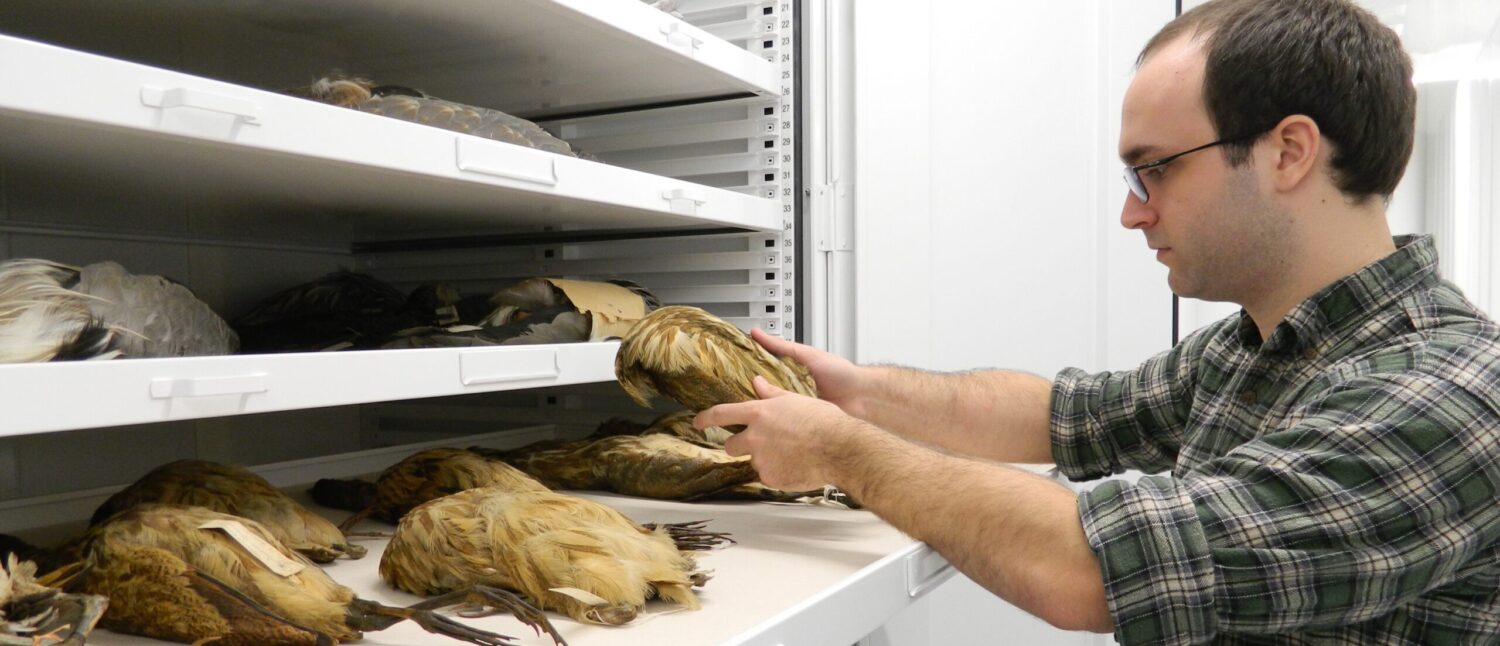Congress has passed and the President has signed a bipartisan appropriations bill with $1.3 trillion in federal spending for fiscal year (FY) 2018. The House voted 256-167 and the Senate voted 65-32 to approve the bill that distributes funding for the remainder of FY 2018. The omnibus appropriations legislation provides either increased or level spending for science agencies, ignoring the deep cuts proposed by the President.
Congressional leaders announced an agreement late on 21 March after several weeks of negotiations and six months into FY 2018. A majority of environmental riders were dropped from the final bill.
The bill funds the National Science Foundation (NSF) at $7.8 billion, $295 million above the FY 2017 enacted level, with the Research and Related Activities (RRA) accounts funded at $6.3 billion (+$301 million). The RRA line includes funding for the various research directorates, including the biological sciences directorate. Details are not yet available for how these funds would be allocated. The bill states “this strong investment in basic research reflects the Congress’ growing concern that China and other competitors are outpacing the United States in terms of research spending.”
The National Institutes of Health (NIH) will receive $37 billion, a boost of $3 billion, rejecting the President’s proposed 22 percent cut to the agency. The bill includes $1.8 billion (+$414 million) for Alzheimer’s research.
The omnibus provides funding increases for many agencies and programs at the Department of the Interior (DOI). The U.S. Fish and Wildlife Service (FWS) is funded at $1.6 billion (+$75 million) with the legislation prioritizing funding for addressing the endangered species delisting backlog, combating invasive species, preventing illegal wildlife trafficking, and preventing closure of fish hatcheries.
The U.S. Geological Survey (USGS), slated for a 15 percent cut under the President’s request, will be funded at $1.1 billion, an increase of $63 million over FY 2017 levels. Funding will be targeted to critical infrastructure investments in natural hazards programs, stream gages, the groundwater monitoring network, and mapping activities. The legislation provides $23 million for early earthquake early warning systems and $26 million for funding the development of Landsat 9 a satellite program that provides land use measurements important for agriculture, forestry, energy and water resource decisions. The agency’s eight climate science centers will remain functional. The White House had proposed eliminating half of them.
The President’s FY 2018 request called for the Environmental Protection Agency’s (EPA) budget to be cut by 30 percent. The appropriations bill, however, provides level funding to the agency at $8.1 billion. EPA’s regulatory programs will be cut by $23.5 million. Funding for cleanup of Superfund sites will get a $66 million boost. The bill also includes $2.9 billion for Clean Water and Drinking Water State Revolving Loan funds and $63 million for Water Infrastructure Finance and Innovation Act to support for water infrastructure projects. The bill emphasizes the Administration’s goal to rein in outdated, unnecessary and potentially harmful regulations at the EPA and includes riders prohibiting the agency from regulating lead content of ammunition. EPA’s science and technology programs will be supported at a flat budget of $116 million, rejecting the administration’s proposed $30.8 million cut to the program.
A report that accompanies the bill indicates that the legislation “does not include any requested funds for workforce reshaping” at the EPA. President Trump’s proposal would have allowed EPA to extract about $68 million from various programs for the reshaping effort, to be implemented through buyouts. The bill also limits the agency’s reorganization and restructuring efforts to $1 million.
The Energy and Water portion of the spending bill, which funds the Department of Energy (DOE) and Army Corps of Engineers, received $43.2 billion, an increase of $4.7 billion. DOE will receive across the board funding increases, including for research efforts and energy efficiency programs. DOE’s Office of Science will see a 16 percent or $800 million funding boost to a record $6.26 billion. An increase of $163 million is targeted for advanced scientific computing research, a priority of the President. The Advanced Research Projects Agency-Energy (ARPA-E) program, slated for elimination in the President’s budget, will receive a record level funding of $353 million (+$47 million).
Agricultural research programs, including the Agricultural Research Service (ARS) and the National Institute of Food and Agriculture (NIFA), will receive $3.03 billion, an increase of $138 million over FY 2017. The Agriculture and Food Research Initiative (AFRI) is funded at $400 million. The U.S. Forest Service (USFS) is funded at $6 billion, with $2.8 billion targeted at wildfire prevention and suppression. The USFS received $6.07 billion in FY 2017.
The National Oceanic and Atmospheric Administration (NOAA) will receive $5.9 billion, a slight increase of $234 million above FY 2017 level, with the funding prioritized for National Weather Service ($1 billion), fisheries operations ($883 million), weather research, and ocean exploration.
The Smithsonian Institution will receive $1 billion in funding, an increase of $178 million, allowing all on-going operations to continue.

